1. Chocolate Truths
In Japan, Valentine’s Day flips the usual script, with women gifting chocolates to men. This practice took root in the 1950s when confectionery companies marketed it as a new custom.


Over time, it grew into a beloved tradition where women prepare chocolates for partners, friends, and even colleagues.
2. The Charm of White Day
One month later, men return the gesture on March 14th, known as White Day. Gifts often include sweets, jewelry, or other tokens that carry higher value than the original chocolate.


This two-step exchange makes Japan’s celebration of love uniquely interactive.
3. Napping With Dignity
Japanese women historically embraced inemuri, the art of dozing in public while appearing engaged. It reflected both resilience and dedication in a culture that admired hard work.


Today, naps still symbolize a balanced approach to productivity and self-care.
4. The Kimono’s Lasting Legacy
Once everyday attire, the kimono was more than fashion: it revealed age, status, and occasion.
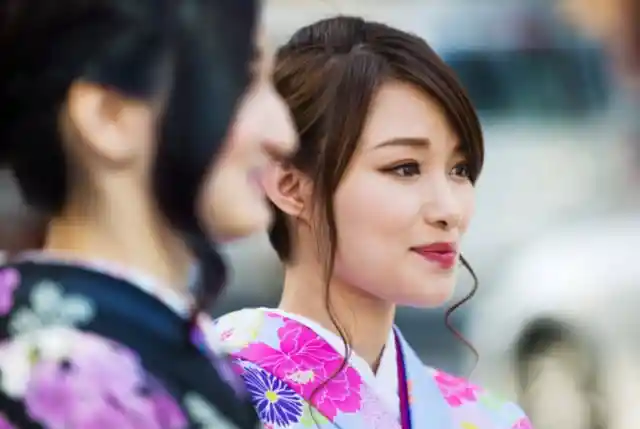
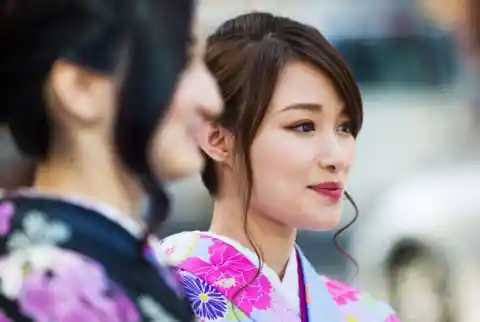
Women wore them in carefully chosen fabrics and colors tied to seasonal cycles. Though modern clothing dominates now, kimonos remain treasured for ceremonies and cultural pride!
5. Harajuku Rebellion
Tokyo’s Harajuku district became a canvas for young women to blend tradition with bold, modern fashion. Layers of lace, neon wigs, and patterned skirts often borrow motifs from historical textiles.
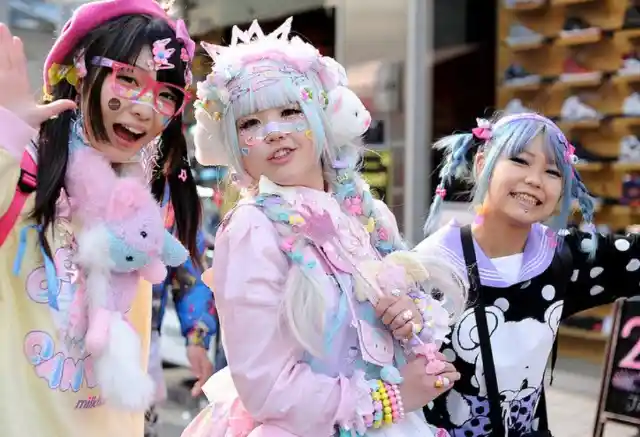
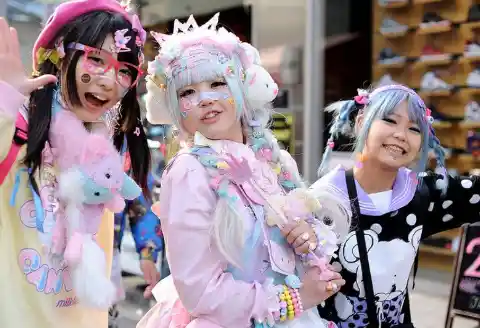
This fusion showcases how Japanese women reinvent self-expression while nodding to the past.
6. Women-Only Train Cars
Introduced to protect against harassment during rush hour, women-only cars quickly became a sanctuary in packed cities. Mothers, students, and professionals embraced the sense of safety.


The initiative reflects a society finding modern solutions within its dense urban lifestyle.
7. Entering the Sushi World
For centuries, women were excluded from professional sushi-making due to myths about body temperature and taste sensitivity. In recent decades, female chefs have shattered this barrier with skill and innovation.
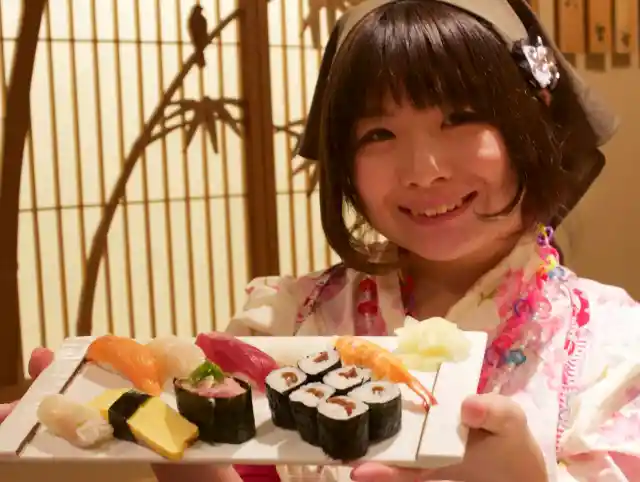
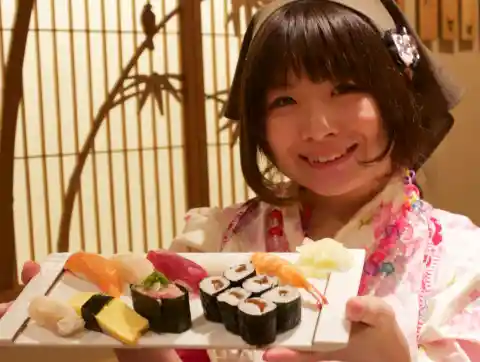
Their artistry is now celebrated as part of Japan’s evolving culinary scene.
8. Buddhist Leadership
Buddhism in Japan was once dominated by male clergy, leaving women with limited spiritual roles. Over time, reforms allowed women to become priests and leaders in their own right.
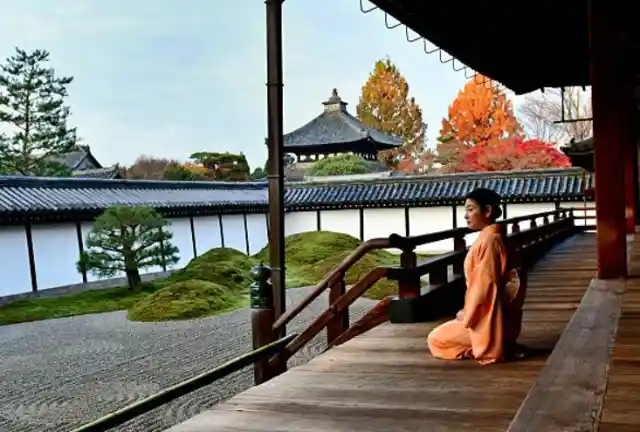
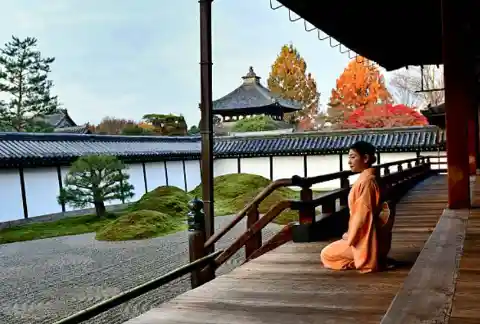
Today, many women guide communities, blending tradition with fresh perspectives.
9. Silent Endurance of Affluent Wives
In the past, wealthy Japanese women in troubled marriages had little recourse to divorce. Instead, they quietly wielded influence through art, literature, and philanthropy.
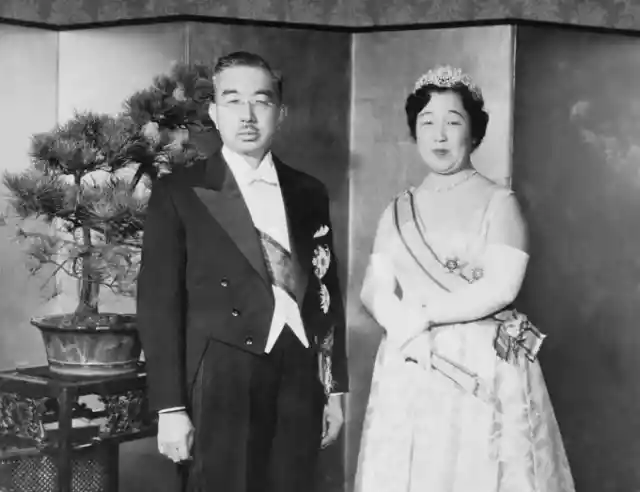
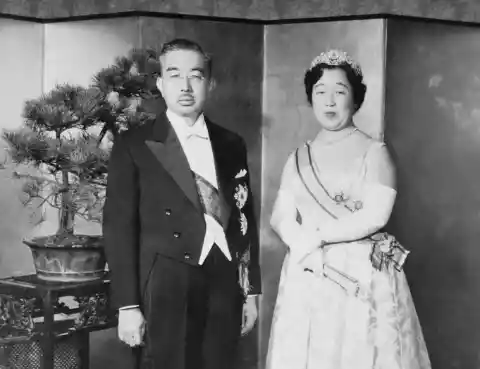
Their resilience created subtle but powerful contributions to society’s cultural fabric.
10. Single Mothers Redefining Norms
Life as a single mother was once marked by stigma in Japan’s family-oriented culture. Gradually, public policies and changing attitudes brought more acceptance!
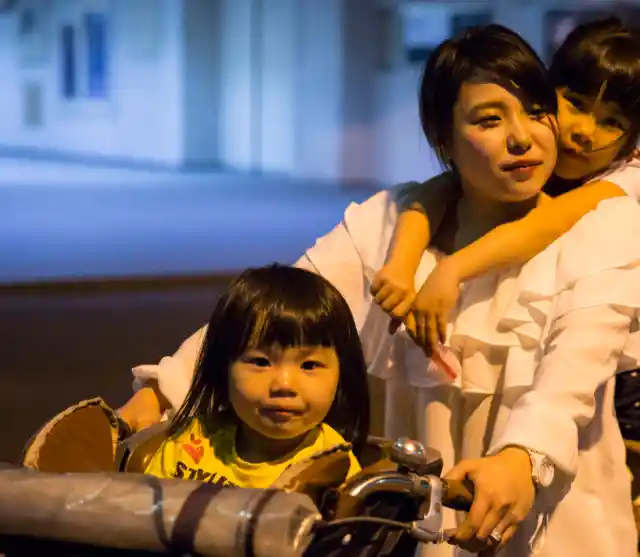
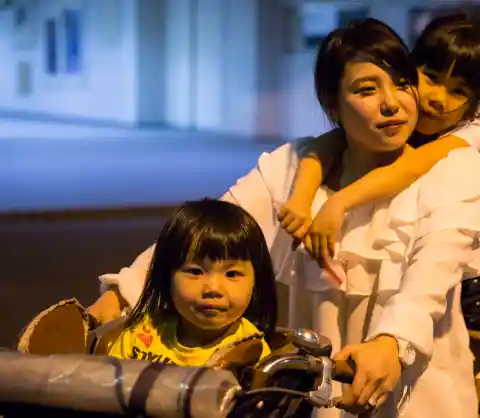
Many women now balance careers and parenting with strength and determination.
11. Shifting Divorce Culture
Divorce was once taboo, particularly for women, who were pressured to endure unhappy unions. Modern Japanese women increasingly choose separation to prioritize happiness and autonomy.


This shift signals broader acceptance of personal freedom!
12. Marrying the Eldest Son
Traditionally, the wife of the eldest son carried heavy responsibilities, from elder care to family management. This duty demanded loyalty and sacrifice, often at the expense of independence.
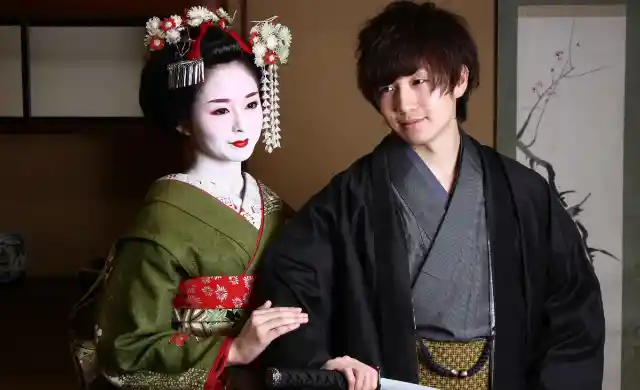
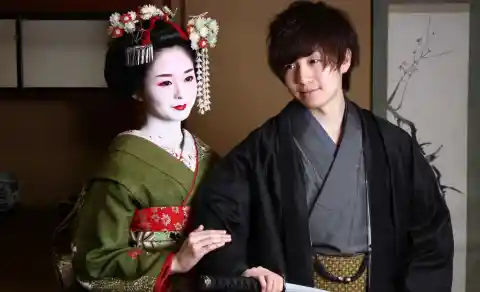
Today, many women negotiate new arrangements that balance tradition with equality.
13. Women in Construction
Japan’s labor shortages opened doors for women in construction, an industry long closed to them. Women now take part in design, engineering, and even on-site building.


Their growing presence symbolizes resilience and the redefinition of gender roles.
14. Redefining Homemaking
Japanese housewives have historically been pillars of the family, devoted to meticulous household care. In recent years, many add creative ventures like blogging, crafts, or small businesses.


They show how homemaking can be both traditional and entrepreneurial.
15. Toilets of Tomorrow
Japan’s focus on hygiene gave rise to futuristic restrooms that women especially appreciate. Heated seats, soothing sounds, and even makeup spaces turn necessity into luxury.


These innovations reflect cultural values of cleanliness, dignity, and comfort.
16. The Language of Bows
The way a woman ties her kimono’s obi bow once conveyed marital status and personality. A simple knot reflected maturity, while playful designs revealed youth and flair.
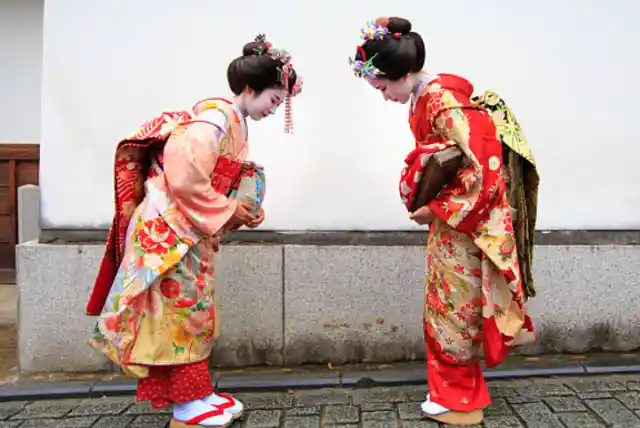
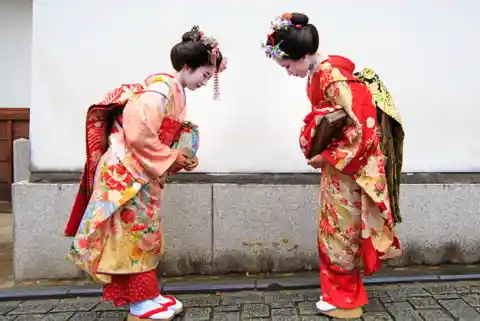
Even in modern fashion, bows remain a subtle expression of individuality.
17. Women in Sumo’s Shadow
Sumo wrestling, tied to Shinto beliefs, traditionally barred women from competing. Today, amateur female sumo tournaments slowly chip away at this exclusion.


Though professional sumo remains closed, these pioneers are rewriting history.
18. Sound and Silence
Historically, modesty encouraged women to speak sparingly, relying on subtlety over direct words. This “culture of silence” carried undertones of grace and restraint.

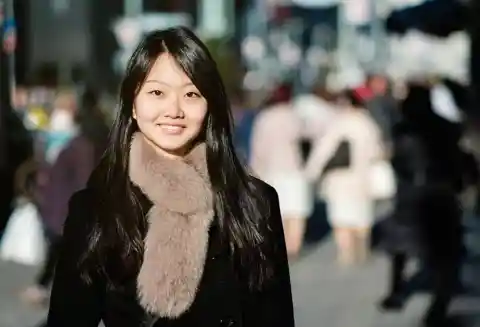
Modern Japanese women now balance this heritage with assertive voices in activism and media.
19. Matchmaking Traditions
Arranged introductions, or omiai, once determined many marriages, focusing on compatibility and family ties. Women often entered unions with little say in personal preference.
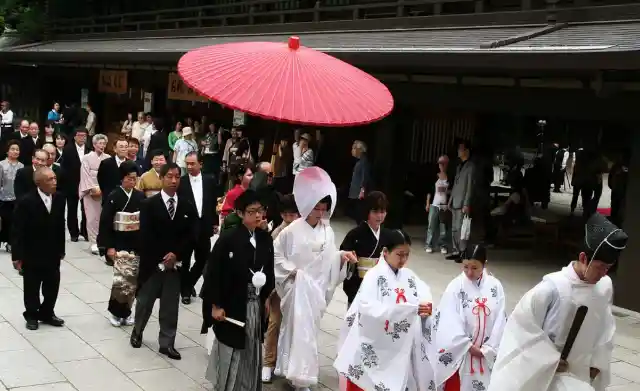
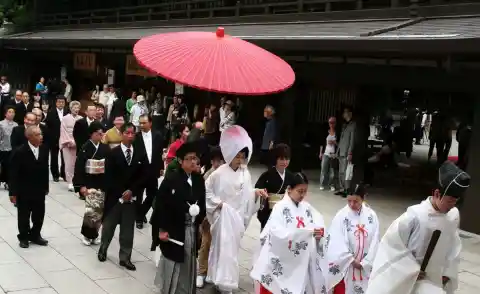
Today, omiai has evolved into voluntary matchmaking, sometimes aided by apps.
20. The Warikan Way
Dating etiquette in Japan reflects changing ideas of equality. Warikan, or splitting the bill, has become common among younger women and men.


This small act highlights larger cultural progress toward partnership in relationships.
21. Reserved Romance
Public displays of affection are subdued in Japan, where respect for others’ space is valued. Women often favor quiet gestures like sharing snacks or holding hands discreetly.


This restraint reveals intimacy without spectacle.
22. Celebrating Tanabata
During the Tanabata Festival, women write wishes for love and happiness on colorful slips of paper. These notes hang from bamboo, swaying gently under summer skies.
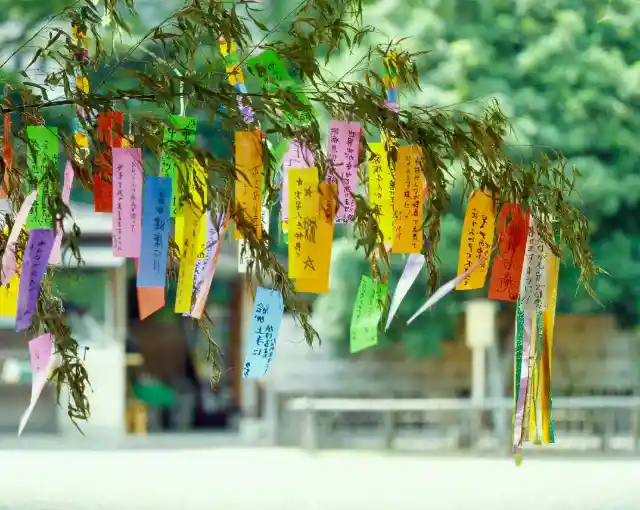
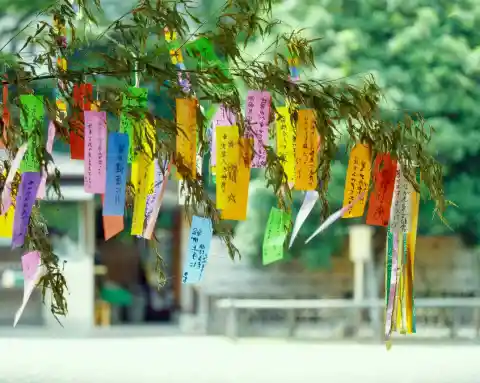
The ritual transforms personal dreams into a shared cultural celebration.
23. Monthly Anniversaries
Unlike in many countries, Japanese couples, often led by women, celebrate “monthiversaries.” These small milestones bring flowers, outings, or sweet gestures each month.


It’s a tender tradition that keeps romance alive in subtle ways.
24. Eye Contact Etiquette
Japanese culture favors modest glances rather than prolonged eye contact.


For women, this style conveys shyness, respect, and warmth. In romance, a fleeting look can hold more meaning than words.
25. The Art of Omotenashi
Japanese women embody omotenashi, or selfless hospitality, in daily life.
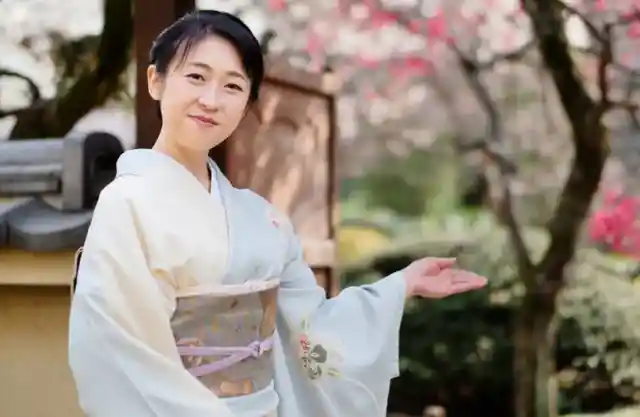
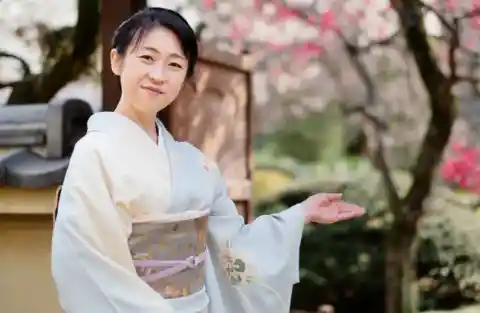
Whether preparing meals, remembering small details, or offering comfort, it’s love expressed through care. This quiet generosity enriches both home and community.
26. Fashion on a Budget
Elegance in Japan doesn’t always mean luxury labels. Women often blend affordable brands like Uniqlo with handcrafted accessories.
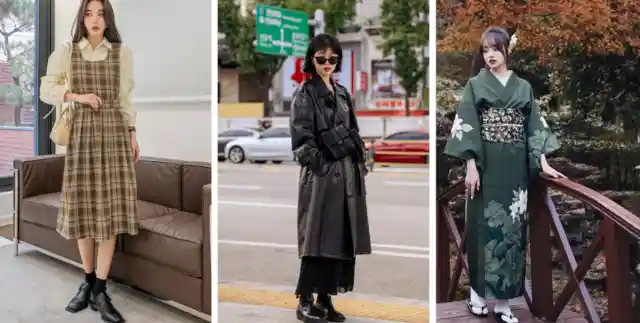
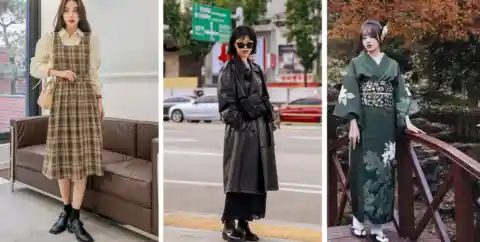
Their creativity proves style comes from harmony, not expense.
27. Cafe Culture
Cafes have become havens for Japanese women seeking relaxation or inspiration.


From traditional kissaten to modern animal or book-themed spots, each offers a unique escape. These spaces reflect both individuality and community spirit.
28. Nights in Shibuya
When daylight fades, women flock to izakayas, karaoke rooms, or neon-lit bars. Nightlife offers them both freedom and fun outside daily expectations.


It’s a vivid reminder of their multifaceted lives.
29. Indoor Comforts
Japanese women often prefer intimate gatherings at home, from tea ceremonies to gaming nights. This reflects cultural values of coziness and togetherness.
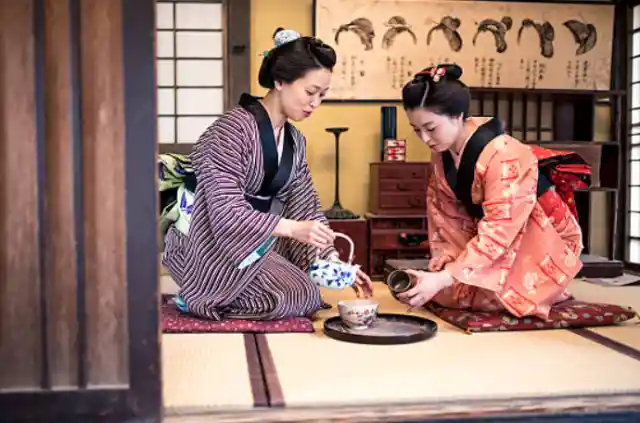
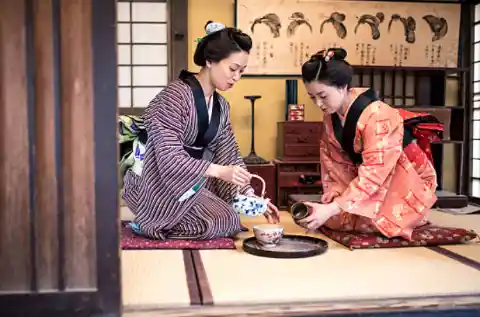
Such traditions create bonds that extend beyond busy urban life.
30. Breaking Stereotypes
Many assume Japanese women are uniformly quiet or kawaii-loving. In reality, they thrive across diverse passions, from rock music to corporate leadership.


Their individuality dismantles outdated stereotypes, showing the richness of modern Japanese womanhood.